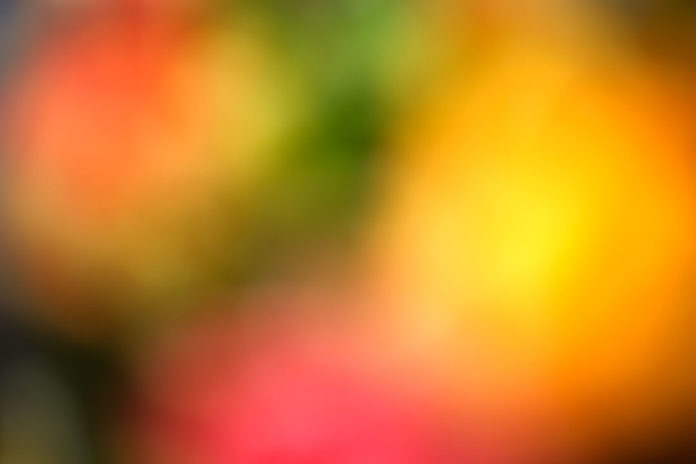Understanding the influence of sensor size on bokeh rendering is crucial for photographers who want to leverage the depth of field and bokeh characteristics to enhance their imagery. This article explores the practical implications of using various sensor sizes – full-frame, APS-C, Micro Four-Thirds, and others, and how they impact the bokeh in photographs.
Full-Frame Sensors: The Benchmark for Bokeh Quality
Full-frame sensors, equivalent to a 35mm film frame, are often considered the gold standard for achieving beautiful bokeh. Their larger dimensions allow for a shallower depth of field at equivalent apertures and focal lengths compared to smaller sensors.
Practical Implications
- Lens Choices: Lenses designed for full-frame cameras can use their maximum potential to create pronounced bokeh, especially with fast lenses (e.g., f/1.4, f/1.8).
- Distance and Framing: Full-frame sensors offer more flexibility in framing without losing bokeh quality, which is ideal for portraits and close-up photography where a creamy, blurred background is desired.
APS-C Sensors: Balancing Cost and Bokeh Capability
APS-C sensors are smaller than full-frame, typically having a crop factor of around 1.5x. This crop factor influences the field of view and perceived depth of field, resulting in slightly deeper focus at equivalent aperture settings used on full-frame systems.
Practical Implications
- Effective Focal Length: The crop factor effectively increases the focal length, which can be advantageous for telephoto shooting but requires wider lenses to achieve similar wide-angle views as a full frame.
- Bokeh Quality: While APS-C can still produce excellent bokeh, the depth of field is inherently greater than that of a full-frame sensor at the same aperture, meaning more of the background may stay focused.
Micro Four-Thirds: Compact Systems with Unique Bokeh Traits
Micro Four-Thirds sensors are smaller still, with a crop factor of about 2x. This size significantly influences the depth of field and the character of bokeh.
Practical Implications
- Increased Depth of Field: Even when using lenses with large apertures, the smaller sensor size increases the depth of field, which can benefit applications like landscape or street photography, where a greater focus range is desired.
- Bokeh Appearance: Due to the increased depth of field, bokeh spots tend to be smaller and less pronounced. Here, photographers must use wider apertures or longer focal lengths to achieve bokeh effects similar to those of larger sensors.
Medium Format Sensors: Exceptional Bokeh and Depth of Field
Medium format sensors are larger than full-frame, offering even greater sensor dimensions, which typically range from about 44x33mm to 53.7×40.4mm or larger. This increase in size further enhances the depth of field characteristics and bokeh quality compared to smaller sensor formats.
Practical Implications
- Shallow Depth of Field: Thanks to their large size, medium format sensors produce an even shallower depth of field at equivalent aperture settings. This allows for a more pronounced separation between the subject and the background, making medium format systems highly prized in professional portrait and fashion photography.
- Superior Bokeh Quality: The larger sensor size not only allows for a shallower depth of field but also contributes to smoother, more aesthetically pleasing bokeh. The out-of-focus areas are rendered with greater subtlety and a creamier texture, often described as ‘three-dimensional’ due to the exceptional separation of subjects from the background.
- Lens Characteristics: Medium-format lenses are designed to project a larger image circle to cover the bigger sensor, often resulting in inherently different optical designs for smaller sensors. These lenses typically have longer focal lengths and larger absolute apertures, contributing further to the distinctive bokeh effects achievable with medium-format systems.
Choosing the Right Sensor for Your Bokeh Needs
Selecting a sensor size for photography involves understanding the trade-offs between depth of field, lens availability, and the type of bokeh desired. Full-frame sensors excel in creating dramatic bokeh and are preferred for portrait and fine art photography. APS-C sensors offer a balance suitable for various genres, while Micro Four-Thirds systems provide excellent portability and sufficient bokeh for many applications. Ultimately, your choice will depend on your specific photographic needs, budget, and the kind of aesthetic you wish to achieve in your images. Understanding these nuances allows photographers to make informed decisions about their equipment, leading to better-controlled outcomes in their creative work.



